Since the outlet temperature of a heat exchanger can only change if there is an imbalance of inlet and outlet heat rates (assuming constant liquid inlet temperature and constant liquid composition), would this system be practical to achieve steady liquid outlet temperature control? Explain why or why not.
Heat Exchanger Temperature Control
Note: the philosophy behind this control system is a principle known as energy balance, and it is a very valid principle. Explain what the principle of “energy balance” is, and how it is implied in the design of this control system.
Answer:
In theory, this feedforward system would work to hold the liquid outlet temperature absolutely constant, because it will try to maintain heat flow out equal to heat flow in (energy out balances energy in).
However, there are some practical reasons why it would not work (even if the liquid inlet temperature and composition were held constant).
Questions For You:
1. Explain why the control system as shown is impractical for real-life use, despite the fact that it does represent a very effective and important control strategy frequently used in industry.
2. Determine whether the controller needs to be direct acting or reverse acting.
3. A problem-solving technique useful for analyzing control systems is to mark the PV and SP inputs of all controllers with “+” and “−” symbols, rather than merely label each controller as “direct” or “reverse” action. Apply this technique to the control strategy shown here, identifying which controller input(s) should be labeled “+” and which controller input(s) should be labeled “−”.
4. Modify this control strategy to incorporate “feedback trim” in addition to the feedforward action it currently possesses.
5. Are there any loads unaccounted for in this feedforward control strategy? If so, see if you can modify this control strategy to account for them as well.
Join the Discussion! Share your answers with us through below comments section.
Read Next:
- Valve Cascade Control
- How to reduce Noise Signals
- Compare SR and RS Flipflops
- Wiring Diagrams of PLC and DCS
- Ratio Control System
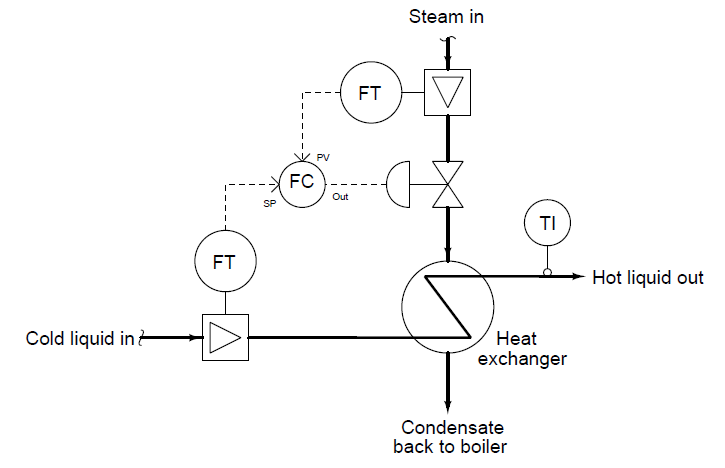
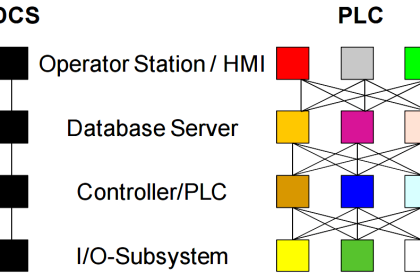
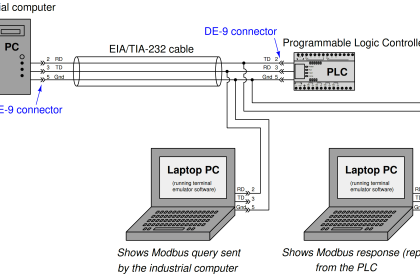
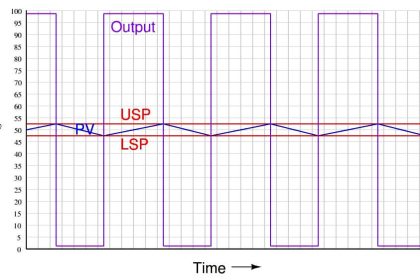
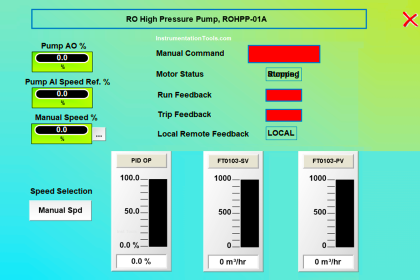
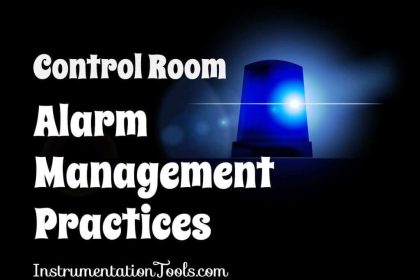
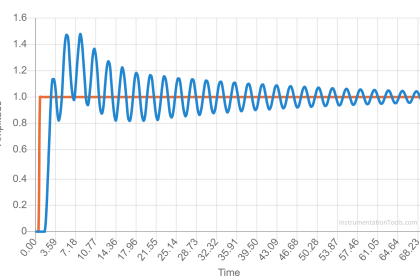
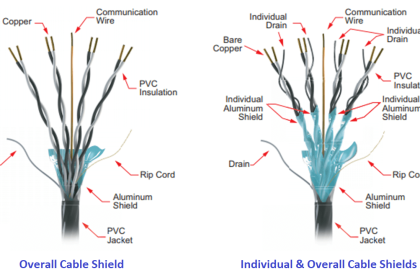
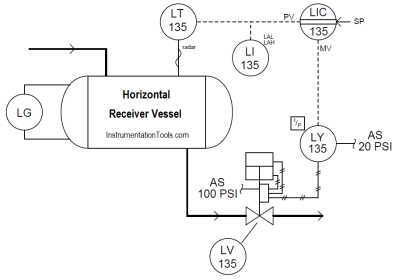
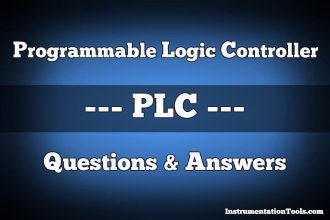
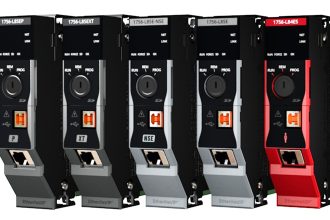
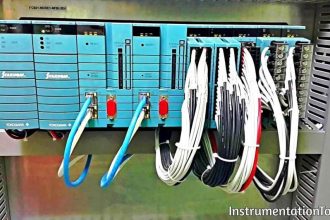

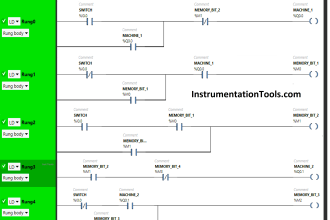
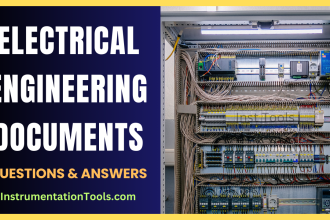

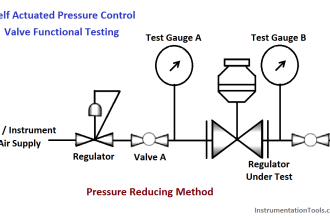

1. Yes, I am agreed that the control system is impractical for real-life use because TI must include the loop to measure the output disturbance of change of temperature.
2. The output needed is Hot liquid so that FC will control FV where steam flow to be directing acting and reverse acting on the FV for the cold liquid in.